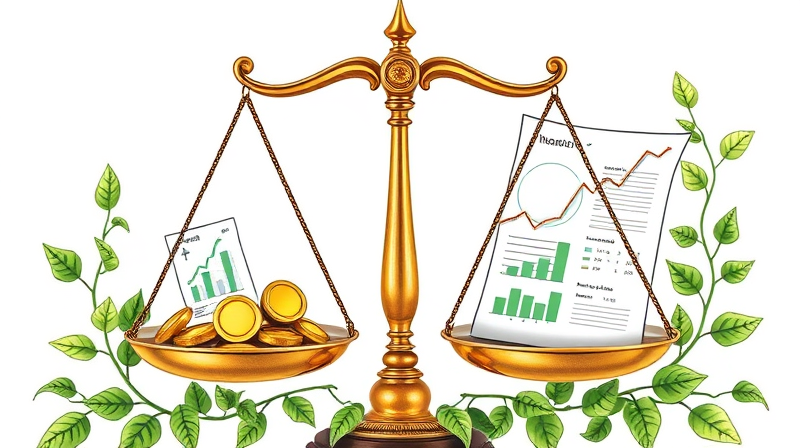
Strategically planning your charitable gifts can transform your donations into powerful tools for both social good and personal tax savings. This guide explores actionable techniques to optimize timing, maximize deductions, and ensure every contribution leaves a lasting impact.
After the 2017 Tax Cuts and Jobs Act, fewer taxpayers itemize because the standard deduction nearly doubled. However, if your deductions, including charitable gifts, exceed the standard threshold, itemizing can yield significant savings.
Deduction limits are based on your adjusted gross income. Knowing these boundaries helps in planning the size and type of gifts you make.
Here’s a summary of key limits for most taxpayers:
Contributions exceeding these caps can be carried over for up to five years, offering flexibility in high-giving seasons.
One of the most powerful timing tactics is synchronizing donations with income. By “bunching” gifts into one year, you can surpass the standard deduction and itemize effectively.
How bunching works:
This alternating pattern maximizes your overall tax savings while maintaining consistent support for favorite causes.
Gifting long-held securities or property can be more tax-efficient than cash. When you donate appreciated assets:
For example, a $50,000 stock gift purchased for $5,000 not only avoids capital gains on $45,000 but also amplifies both your deduction and the charity’s benefit.
Taxpayers aged 70½ or older can make direct transfers from an IRA to charity—known as qualified charitable distributions (QCDs). QCDs:
This strategy is ideal for retirees who don’t itemize yet wish to reduce adjusted gross income and satisfy RMD requirements.
Beyond annual giving, consider these long-term approaches:
These vehicles give you the power to time deductions and gifts across multiple years or even generations.
Accurate records ensure your deductions withstand IRS scrutiny. For cash gifts, retain bank statements or receipts. For non-cash contributions over $5,000, obtain qualified appraisals detailing asset value and condition.
Always confirm the charitable organization’s 501(c)(3) status to validate eligibility. Good recordkeeping is as crucial as the gifts themselves.
Collaborating with tax professionals and estate planners helps tailor these strategies to your unique financial situation. They can:
With expert guidance, every donation becomes a deliberate move in your broader financial plan.
By thoughtfully timing charitable contributions and leveraging advanced giving techniques, you can ensure that your generosity is both heartfelt and tax-efficient. Use these strategies to align your philanthropic goals with tax planning, creating a win-win for you and the causes you support.
References













